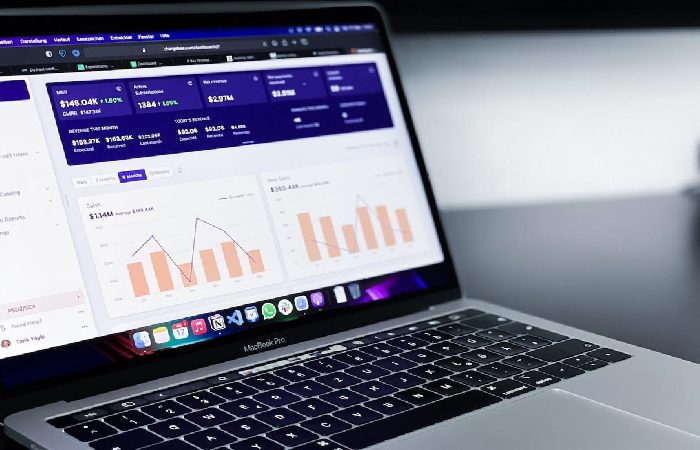In today’s data-driven world, understanding business trends and customer behavior has become paramount to success. For that, we use descriptive analytics, a subset of business analytics that deals specifically with the analysis of historical data to derive insights about the past. But what is descriptive analytics and how can it help your business? Keep reading to find out.
Table of Contents
Overview
Descriptive analytics is the practice of summarizing raw data to make it understandable and interpretable. It makes use of various techniques like data aggregation and data mining to provide a clear picture of what has happened. It does not predict future trends or suggest actions, rather it provides an in-depth understanding of past performances.
This type of analytics exhibits the use of data in a way that it can be easily understood by people, regardless of their tech proficiency. It provides answers to the simple question: What happened? When a business understands past challenges and successes, it can more effectively plan for the future.
Descriptive analytics takes immense amounts of raw data and refines it into a palatable format, usually in the form of graphs, charts, maps, and dashboards. This makes it easier for end-users to digest and understand the information.
Understanding the Importance
Understanding descriptive analytics is crucial for organizations, as it serves as the foundation for further analyses. It aids in identifying patterns and establishing baselines, which is important for developing effective strategies.
With descriptive analytics, businesses can track their performance across various metrics. This aids in identifying key strengths and weaknesses, thus allowing for better-informed decision-making.
Moreover, it provides visibility into past performance, enabling businesses to understand why they are where they are today. By analyzing past data, businesses can make strategic changes and implement proactive measures to mitigate any potential risks or issues.
Its importance also lies in its wide applications across sectors like healthcare, retail, finance, etc., making it a versatile and powerful tool for data understanding.
How it Works: Key Techniques and Processes

Alt text: A MacBook Pro showing a window that breaks down profit into graphs to be analyzed.
At its core, descriptive analytics involves compiling and summarizing data. The process typically starts with data collection from multiple sources like social media platforms, IoT devices, customer feedback, etc.
Following data collection, the data cleaning phase commences. During this phase, errors, outliers, and inconsistencies in data are identified and corrected. This is essential to ensure the reliability and validity of the results.
Once cleaned, the data is then aggregated and visualized using various tools and techniques. Common approaches include graphs, charts, and heat maps, which provide visual representations of the data, making it easier to understand and interpret.
Finally, the outputs are presented to end-users who use these insights to make informed business decisions. This is where the true value of descriptive analytics is realized.
Best Practices for Implementing Descriptive Analytics for Business
Implementing descriptive analytics successfully in a business requires adopting a systematic and strategic approach. Equally important is the need to follow proper data management practices.
Firstly, understanding the organization’s data requirements is crucial. A well-defined data strategy that aligns with the organization’s objectives and industry benchmarks can guide the data collection and analysis processes effectively.
Next, ensuring data hygiene is paramount. Irrelevant, outdated, or incorrect data can lead to flawed analysis and subsequent decisions. Regular data cleansing activities should be part of the implementation strategy for descriptive analytics.
Lastly, promoting a culture of data-driven decision-making across all hierarchical levels of the organization helps in maximizing the benefits of descriptive analytics. This ensures the insights derived influence key business decisions and actions.
All in all, descriptive analytics is a powerful tool that businesses of all sizes and across all sectors can leverage to gain insights into past performance, guide the decision-making process, and ultimately drive success. By following the best practices outlined in this article, you can maximize the benefits of descriptive analytics in your own business.


Review What Is Descriptive Analytics and How Can You Capitalize on It?.